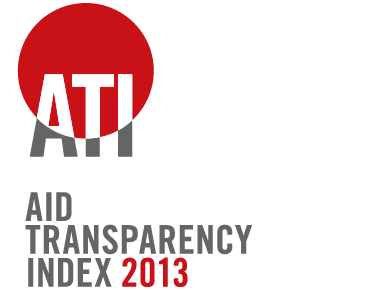A.
The top performers are now publishing large amounts of accessible, timely, comparable and comprehensive information about their aid.
This group has demonstrated real political commitment to implement the promises made in Busan to start publishing to a common open standard in 2013.
Over the past year, there has been a dramatic increase in the amount of information being published in the most useful formats; and for the first time all the IATI fields are being used.
Several multilateral and bilateral donors have published data in IATI XML format for the first time, including four U.S. agencies, three EC departments, the African Development Bank, Denmark, Germany, New Zealand and UNICEF.
B.
The usefulness of information being made available remains mixed – some of it is out of date or in unhelpful formats.
Although a lot more information is being published, it is not always accessible and comparable, often being buried in PDFs or hard-to-navigate websites. Unless it is published in machine-readable formats, information remains difficult to compare and use.
Some information published to IATI contains nothing new – it is simply converted historic data. This means that it is out of date, or has no new information added on current or future activities.
Information that adds descriptive and evaluative value – such as sub-national location, budget documents, conditions, impact appraisals and results – is too rarely published.
C.
Many organisations need to increase their ambition and show political commitment in order to fulfil their international transparency obligations.
The average Index score is just 32.6%. This means that most aid information is still not published in a timely, standardised way – which is essential for it to be useful.
Too much of the information published is patchy – information needs to be consistently published on all activities for it to be useful.
The majority of organisations in the poor and very poor categories have committed to implementing the Busan common standard. They need to work hard over the coming year to catch up if they are going to implement fully by the end of 2015.
Recommendations
A.
All development actors need to publish more information to IATI.
Information should be published consistently for all current and planned activities.
Data should be provided in all relevant IATI fields. This means collecting and publishing new information, for example on results, traceability, geo-coded location and forward flows.
Financial data is not enough on its own. Details and documents on the objectives, design and results of individual activities are also important.
B.
Publishers need to improve their data quality to make it more useful.
Information needs to be as timely as possible. Quarterly updates are good; monthly are great. Automating publication makes it easy and cheap to publish to IATI frequently, using information recorded in organisations’ internal systems.
Publication must conform accurately to the IATI standard, so that information is fully comparable between organisations.
Publishers need to improve their overall record keeping systems, capturing more and better information in a structured format. Building IATI into information management systems will make it easy to “publish once and use often” for both internal and external purposes.
C.
Everyone can benefit from using IATI data.
Development actors can increase their effectiveness by using their own – and other publishers’ – IATI data when planning new projects and programmes.
Recipient governments should use IATI data in their aid information management systems and in their decision making and budget processes.
Organisations should improve their information portals and build IATI data into them, so that citizens can access and compare aid information.
